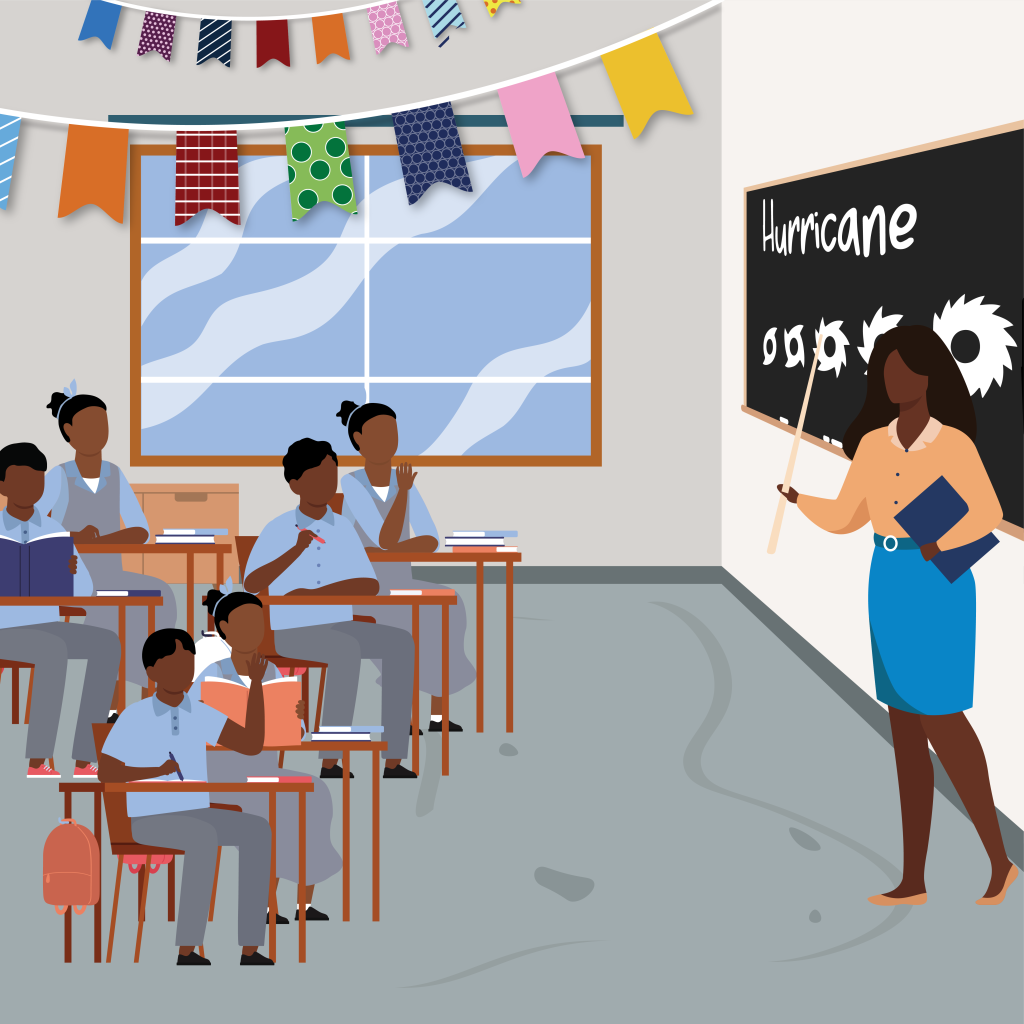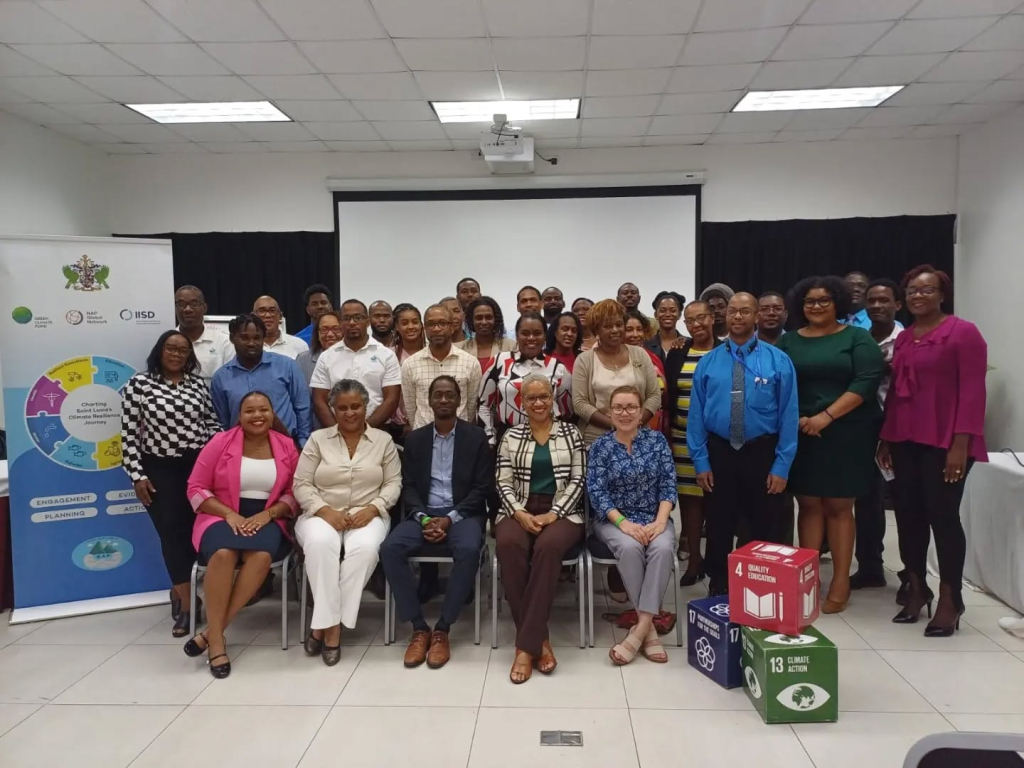
Save the Children and the NAP Global Network are partnering to provide support to developing countries on strengthening the engagement of the education sector in national adaptation plan (NAP) processes.
With funding from the Global Partnership for Education’s Climate Smart Education Systems Initiative, Save the Children has seconded an education specialist for a minimum of 2 years with the NAP Global Network Secretariat, hosted by the International Institute for Sustainable Development (IISD).
“Children’s education is significantly impacted by climate-induced shocks and stressors which damage schools and interrupt learning. Yet education is also crucial in building adaptive capacity and is therefore a key sector to consider in adaptation planning. We are excited to partner with the NAP Global Network to reinforce this and support countries further,” said Nick Ireland, Climate Change Director at Save the Children.
In 2024, approximately 242 million students across 85 countries missed out on school because of climate events. With new modelling showing that children born in 2020 will experience never-before-seen climate extremes, children’s education will continue to be put at risk, making adaptation an urgent need for the sector. For example, 53% of children born in 2020 are projected to face unprecedented exposure to heat waves over their lifetimes, disrupting their education through school closures and making it difficult to concentrate when schools are open.
“We know that Ministries of Education want to ensure that education is considered in national adaptation planning, and that their own education climate change policies and plans are aligned to NAPs. This partnership will help support policy alignment, and in doing so, open up more opportunities for much-needed climate finance for the education sector in Malawi,” said Ndamyo Mosfi, Climate Smart Education Systems Initiative Program Manager at Save the Children Malawi.
Almost all developing countries have reported that they have a NAP process underway. But gaps remain on engaging the education sector, despite Ministries of Education increasingly working on climate change. Based on the NAP Global Network’s analysis via the NAP Trends platform, only 21% include the education sector as a priority sector for adaptation.
“Education is increasingly recognized as a vital sector in the response to climate change, particularly in supporting children with the knowledge and skills to adapt to the changing climate now and into the future. This partnership with Save the Children will respond to the increased interest of Ministries of Education to engage in NAPs to build the adaptive capacity of the education sector, and help share existing good practice,” said Orville Grey, Head of Secretariat of the NAP Global Network.
The NAP Global Network Secretariat and Save the Children will prepare detailed analysis on education and youth engagement in NAPs through a synthesis report to be published in late 2025, and will engage in conversations with developing partner countries on providing support through technical assistance and peer learning.
Country Highlight: Saint Lucia’s Education Sectoral Adaptation Strategy and Action Plan

Saint Lucia identified the education sector as one of eight priority sectors in its 2018–2028 NAP due to its cross-sectoral significance and the consequences of inaction. In developing its Education Sectoral Adaptation Strategy and Action Plan (SASAP), Saint Lucia, through the Department of Sustainable Development, as Climate Change Focal Point, and working in collaboration with the Department of Education, has taken an inclusive and participatory approach, engaging with key entities on the multi-sectoral National Climate Change Committee, the Saint Lucia Teachers Union, civil society representatives, and various sections within the education sector, such as the Technical Vocational Education & Training Unit, Curriculum and Materials Development Unit, Special Education Unit, and Early Childhood Education Unit.
The four education sector outcomes detailed in Saint Lucia’s NAP demonstrate a multipronged approach to adaptation in the education sector. These outcomes consider improving and expanding climate change education, strengthening the resilience of school infrastructure to ensure education continuity, and preparing students and workers to lead adaptation action and build the skills required for a low-carbon economy.
Saint Lucia’s Education SASAP is expected to be launched by December 2025.
This initiative is made possible with support from the Global Partnership for Education’s Climate Smart Education Systems Initiative.